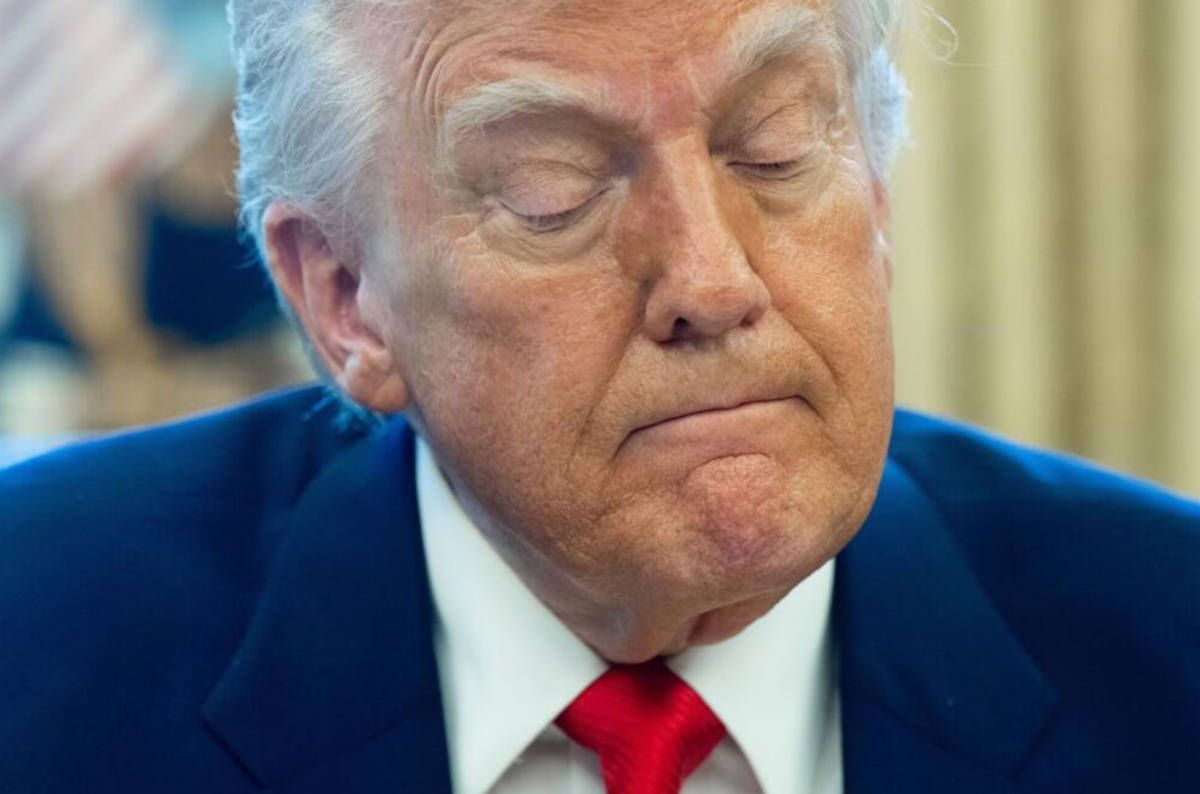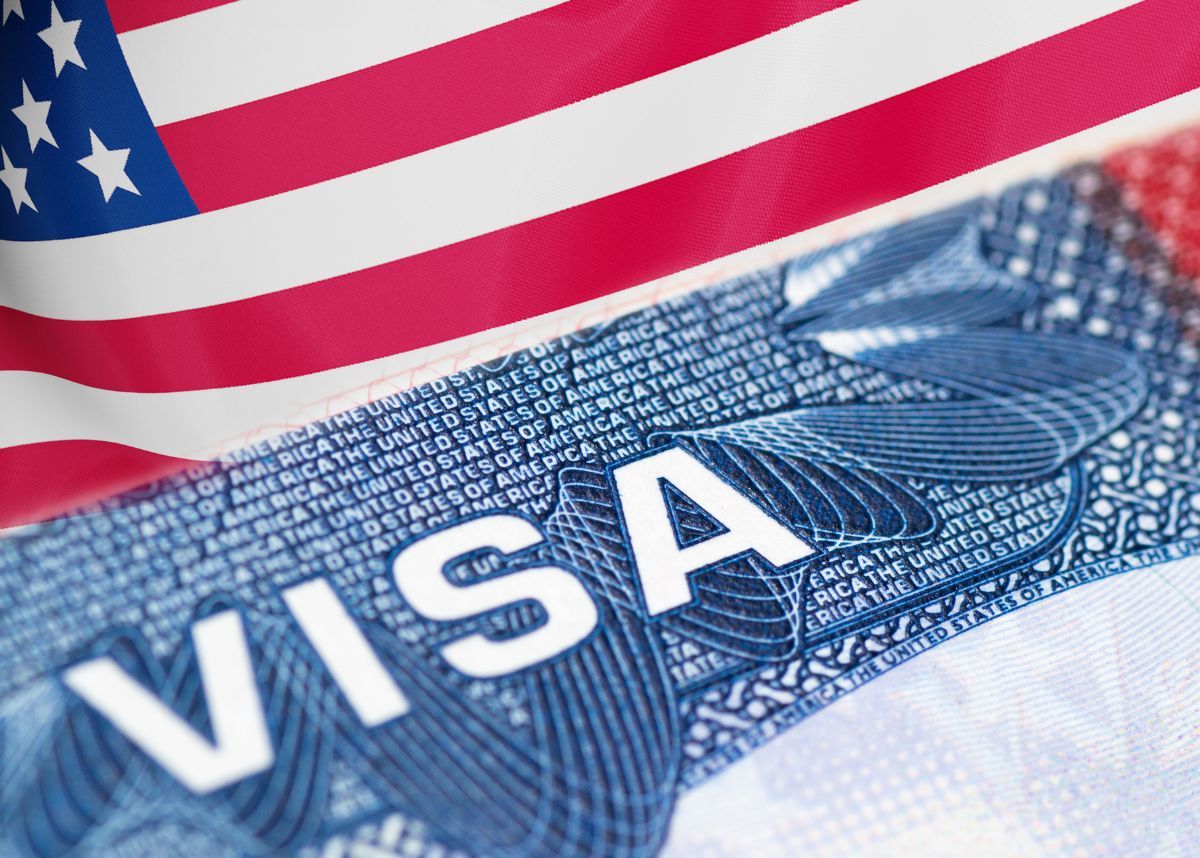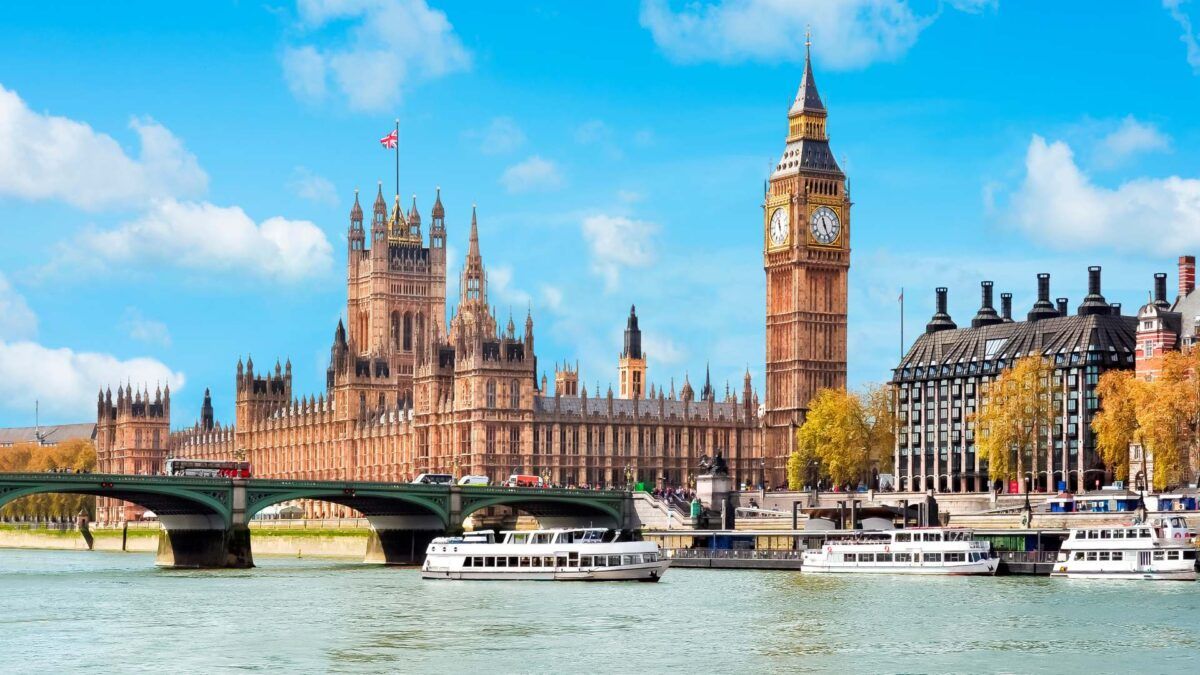
With sweeping tariffs targeting key US trading partners, President Donald Trump sent the world economy into a tailspin on Wednesday before backing down hours later – with a 90-day reprieve for all but China.
Here is a rundown of what tariffs Trump has implemented in his second presidency, as a trade fight between Washington and Beijing again heats up.
China focus
China faces the harshest of Trump’s tariffs, with a staggering rate of 125 percent.
While Trump’s earlier actions brought this year’s new US tariffs on Chinese goods to 104 percent Wednesday, he said the same day that he would raise the level further.
The figure included a 20-percent levy over China’s alleged role in the fentanyl supply chain, a 34-percent tariff over trade practices Washington deemed unfair and a 50-percent duty after Beijing unveiled retaliation plans.
Beijing, in turn, has matched the last of Trump’s actions with an 84-percent tariff on US goods due to take effect on Thursday.
Trump’s fresh tariffs on Chinese imports stack atop existing ones from previous administrations.
Global tariffs
While Donald Trump reserved his heaviest blow for rival China, other US allies and partners have not entirely been spared.
On April 5, US trading partners were slapped with a 10-percent “baseline” tariff, which remains in effect for economies including the European Union, Japan and Vietnam.
There are notable exceptions to this duty.
The United States’ immediate neighbors Canada and Mexico, which were earlier targeted over illegal immigration and fentanyl, are not affected by the 10-percent global tariff.
Also off the hook from these are copper, pharmaceuticals, semiconductors and lumber – although these are sectors that Trump is mulling levies on.
Gold and silver, as well as energy commodities, are also excluded.
There are some sectors that Trump has quickly hit with tariffs.
In March, he imposed a 25-percent levy on steel and aluminum imports.
And early this month, a 25-percent tariff on imported autos took effect, with the rate to eventually affect vehicle parts as well.
But autos imported under the US-Mexico-Canada Agreement (USMCA) can qualify for a lower rate, while compliant auto parts are also tariff-free until a process is set up to target non-US content.
Canada, Mexico
Canadian and Mexican imports were initially hard hit by 25-percent US tariffs – with Canadian energy products facing a lower rate.
Donald Trump targeted both neighbours saying they did not do enough on illegal immigration and the flow of illicit drugs across borders.
But he eventually announced exemptions for goods entering his country under the USMCA, covering large swathes of products, while potash used as fertilizer got a lower rate as well.
Retaliation
Besides incoming 84-percent tariffs on US goods, Beijing also earlier retaliated by targeting American agricultural products like poultry, wheat and cotton.
Canada has countered Trump’s initial duties and metals tariffs with its own levies on some Can$60 billion in US goods, including steel and computers.
Meanwhile on Wednesday, the EU adopted its first measures hitting back at the Trump administration, targeting over €20 billion ($21.9 billion) of American goods like soybeans, motorcycles and beauty products.
The duties will start to be collected mid-April, and came in pushback against Trump’s metals tariffs.
Other threats
Trump has opened the door for 25-percent tariffs on goods from countries importing Venezuelan oil, a measure that could hit China and India.
He has also threatened similar “secondary tariffs” involving Russian oil.
He previously raised the possibility of tariffs on sectors like pharmaceuticals and semiconductors too, and has ordered investigations into copper and lumber imports.
Washington also has an ongoing investigation into China’s practices in the maritime and shipbuilding sector, which could bring about new punitive action.
Should South Africa be celebrating – or worrying what’s coming in 90 days’ time?
Let us know by leaving a comment below, or send a WhatsApp to 060 011 021 1
Subscribe to The South African website’s newsletters and follow us on WhatsApp, Facebook, X and Bluesky for the latest news.
By Garrin Lambley © Agence France-Presse













